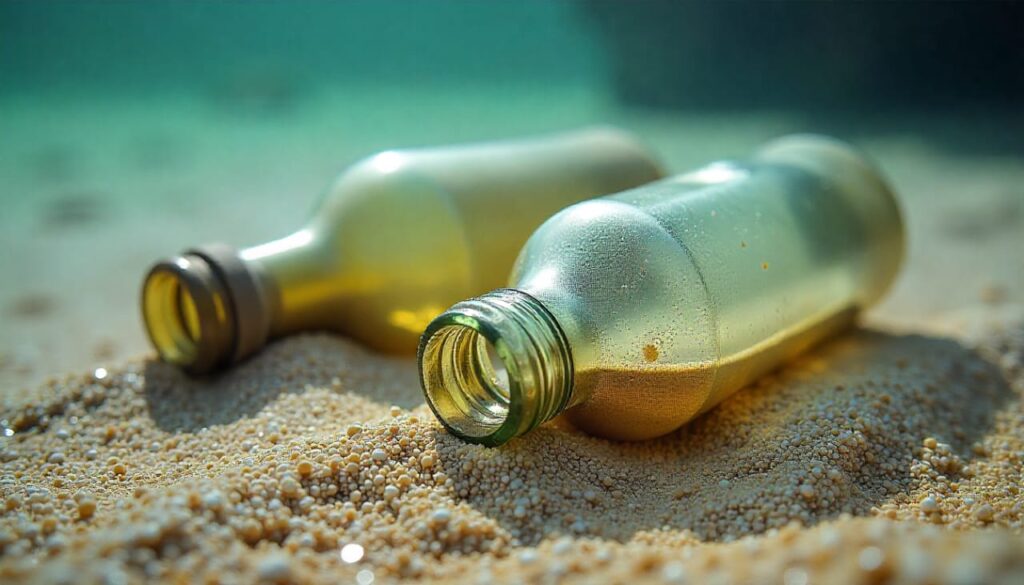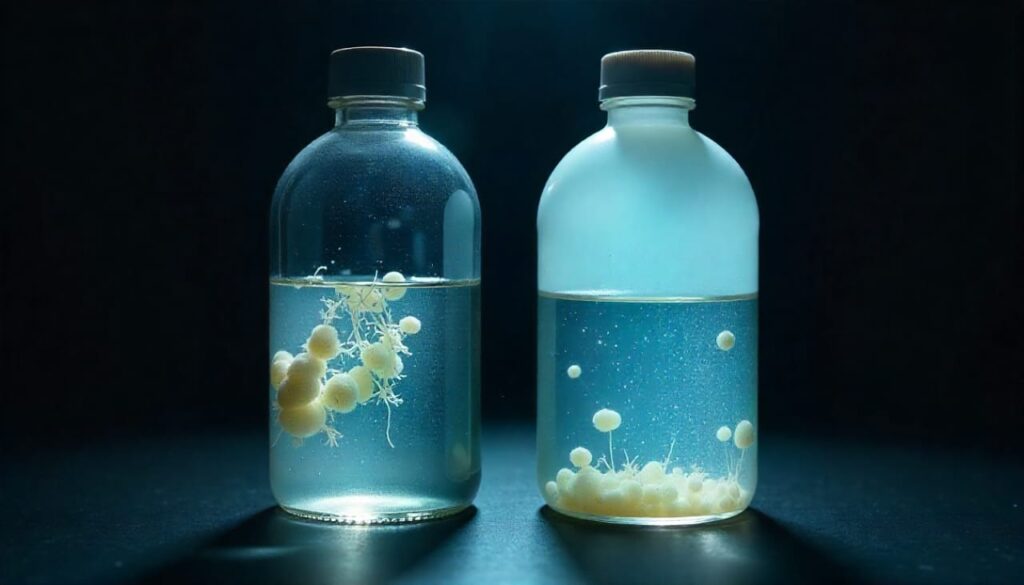Today, when many questions are being raised about plastic bottles amid concerns about the environment and health, a new research has shocked everyone. A research conducted by French scientists has revealed that glass bottles contain more microplastic particles than plastic. Yes, the glass that was considered safe and environmentally friendly till now, can now become a major source of microplastics.

What did the research reveal?
This study conducted on various beverages sold in France—such as soda, beer, iced tea and lemonade—found that an average of 100 microplastic particles were found per liter of beverage in glass bottles. This amount is five to fifty times more than that in plastic bottles and metal cans. This information has become a matter of concern for both health experts and consumers.
Why is there more microplastic in glass bottles?
Initially, scientists also expected that plastic bottles would contain more microplastics, because they are made of plastic. But when they studied in depth, it was found that the problem was not with the bottle, but with its lid.
In fact, the caps on glass bottles are often painted and have minor scratches on the outer surface. These scratches are formed during transportation, storage or handling. When the bottle is opened or shaken, micro plastic particles come out from these scratches and get mixed in the beverage. That is, the real fault is not with the glass, but with the plastic and paint coated lid on it.
Which beverages contained the most microplastics?
The researchers found that the amount of microplastics was highest in sweet and carbonated drinks like soft drinks, lemonade and beer. The reason behind this may be that these drinks are bottled quickly and due to their high density (viscosity), plastic particles remain easily in them.
In contrast, the amount of microplastics in water—whether it is normal or sparkling—was relatively low. Water bottles had an average of 1.6 microplastic particles per liter in plastic containers and 4.5 particles per liter in glass bottles.
Most interestingly, beverages like wine also contained very low amounts of microplastics. Scientists have not yet understood why this is so, but it is speculated that the processing and bottling process of wine is different from other beverages.
Is it a health hazard?
At present, it is not clear what direct effect microplastics have on the body, as extensive studies are still underway on this. But many experts believe that continuous consumption of microplastics can cause serious diseases like inflammation, hormonal imbalances and even cancer in the body.
The World Health Organization (WHO) has not yet set any clear safety limits on how much microplastic is safe to have in beverages. But until its long-term effects can be understood, it is wise to try to avoid it.

What is the solution?
To deal with this problem, the researchers have also given some practical suggestions. The easiest and most effective solution is to clean the bottle caps with air blast and alcohol before putting them on the bottle. This process has been seen to reduce the amount of plastic particles by up to 60%.
In addition, companies can improve the manufacturing of their bottle caps, such as using unpainted lids or using scratch-resistant materials.
Consumers also now need to think that just staying away from plastic bottles is not enough. It is also important to see what kind of packaging the beverage is coming in and what is the condition of its lid.
Conclusion
This study forces us to think that what is considered “better” for the environment is not always necessary to be better for health. Glass bottles are definitely considered better than plastic from an environmental point of view, but the microplastics released from the lids that come with them can become a new threat.
Therefore, it is important that consumers, producers and policy makers take concrete steps together in this direction. Because we all drink beverages, but now we also have to see whether there is only taste in the bottle or some invisible dangers as well.
